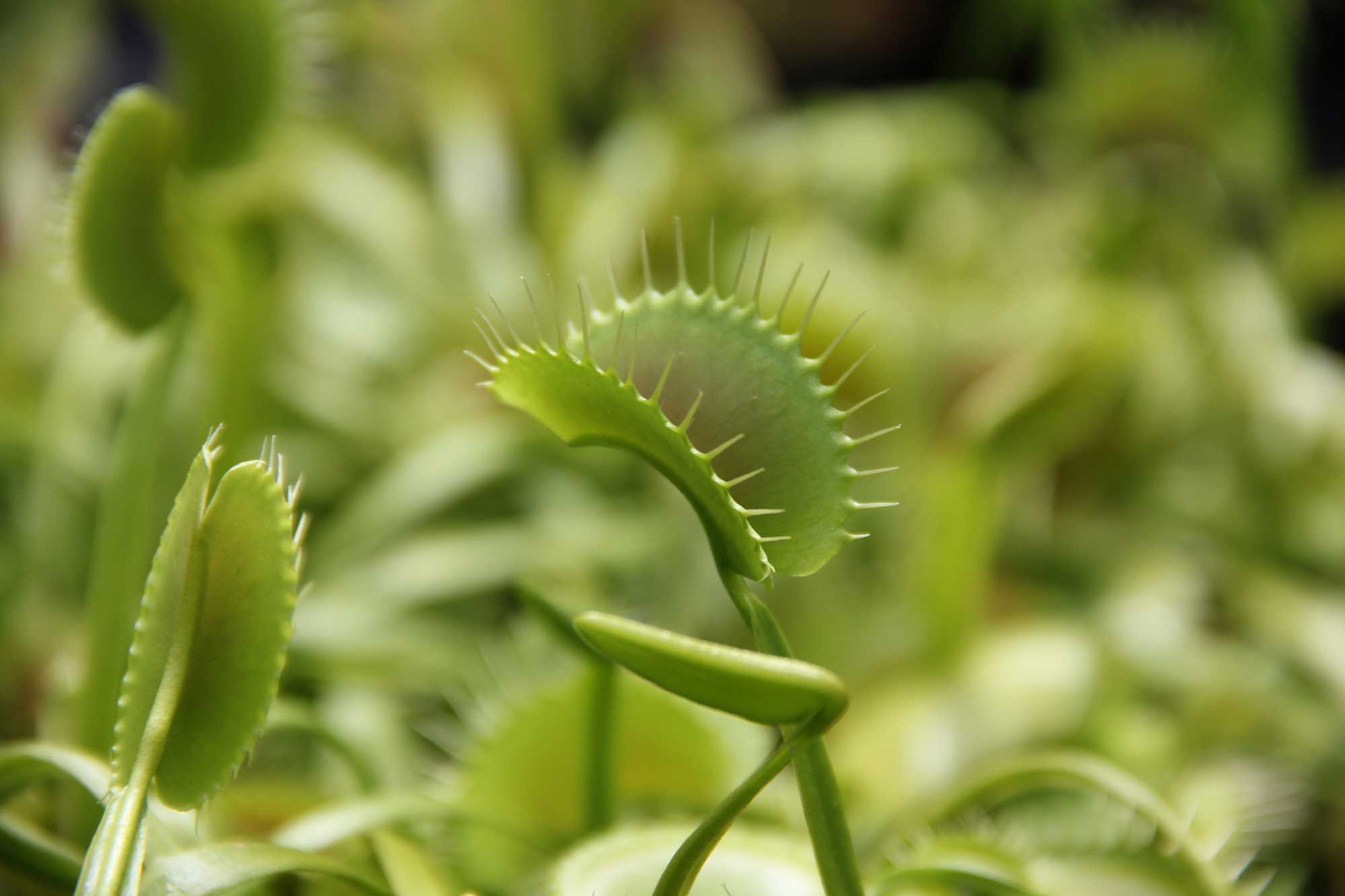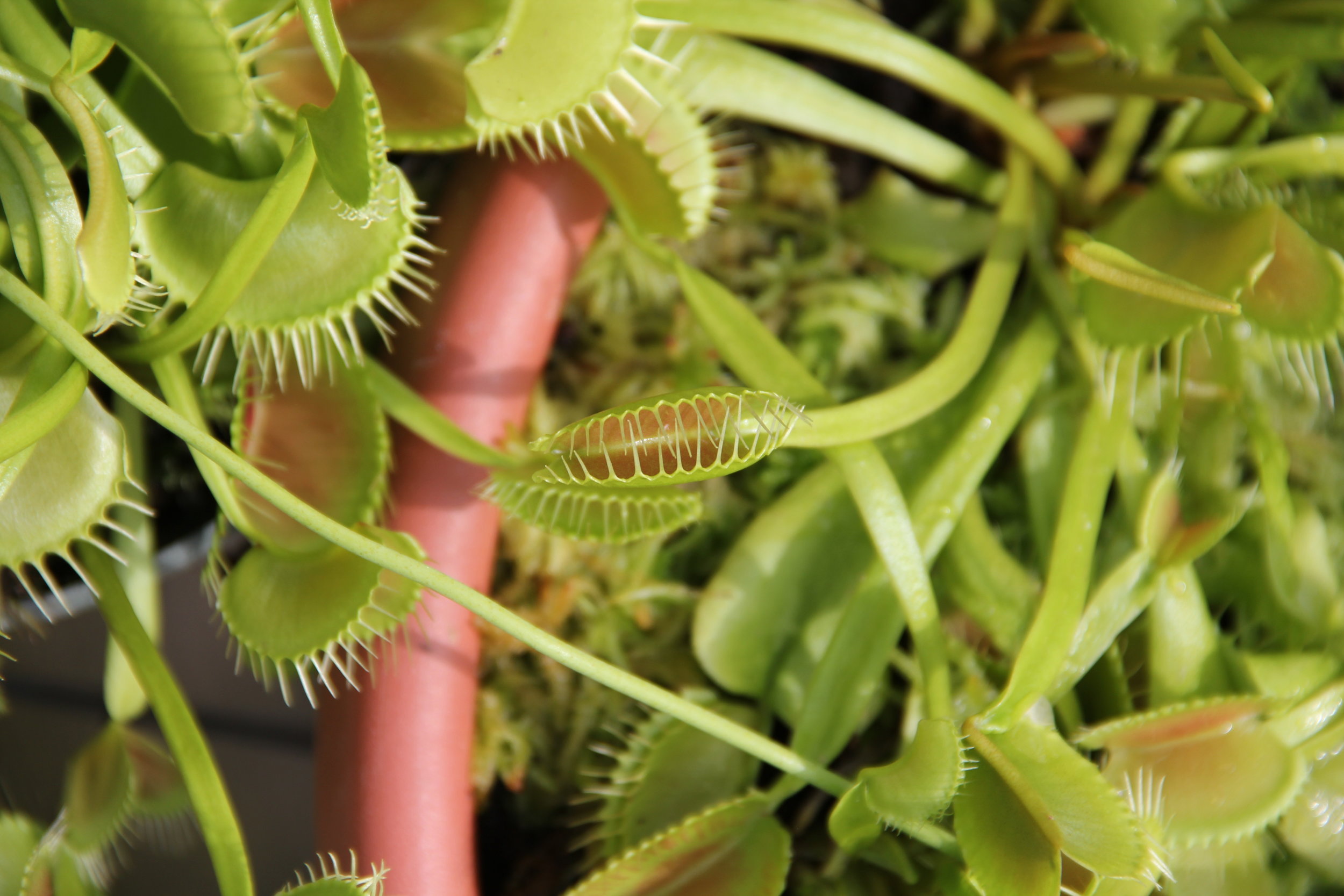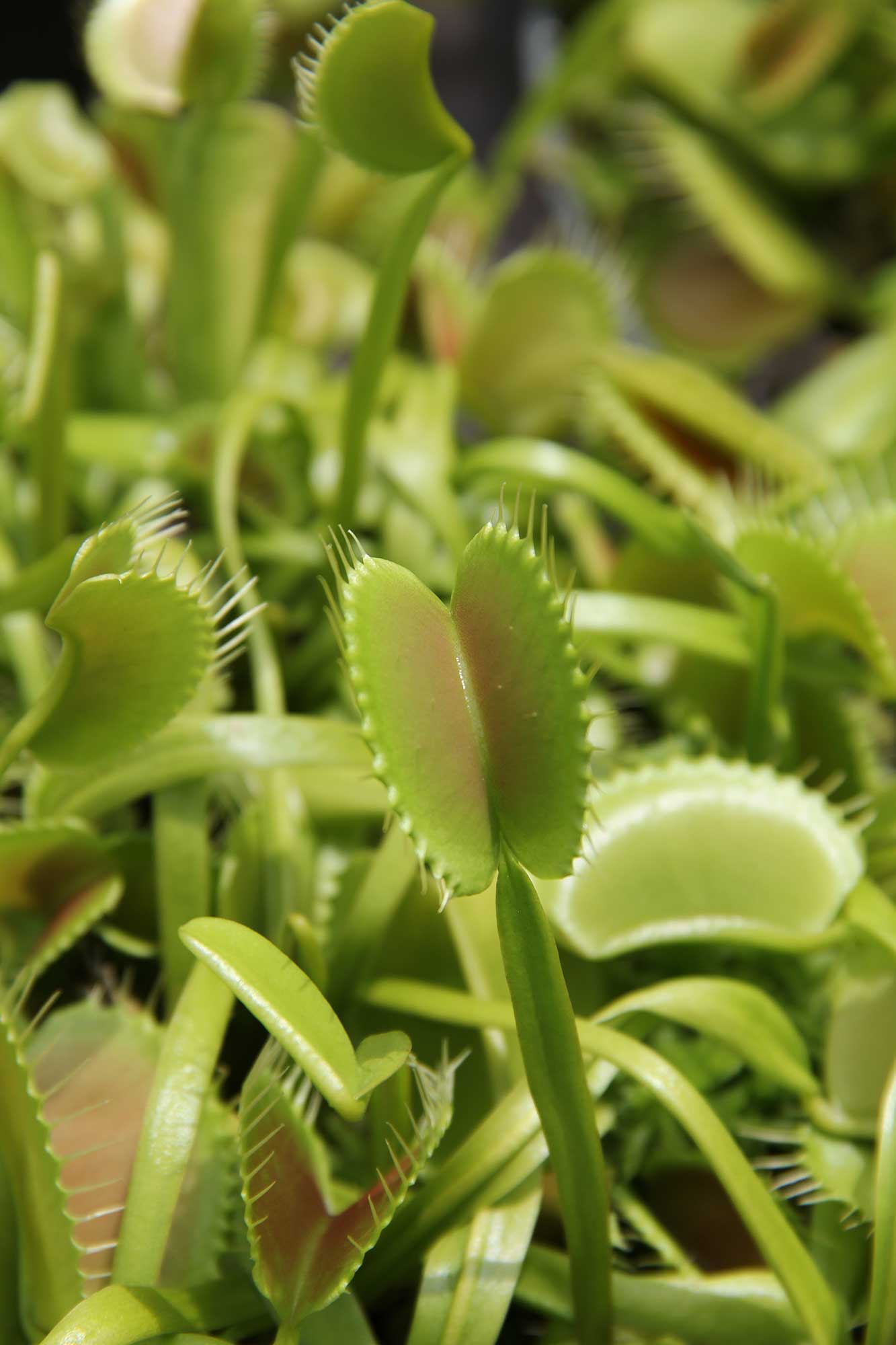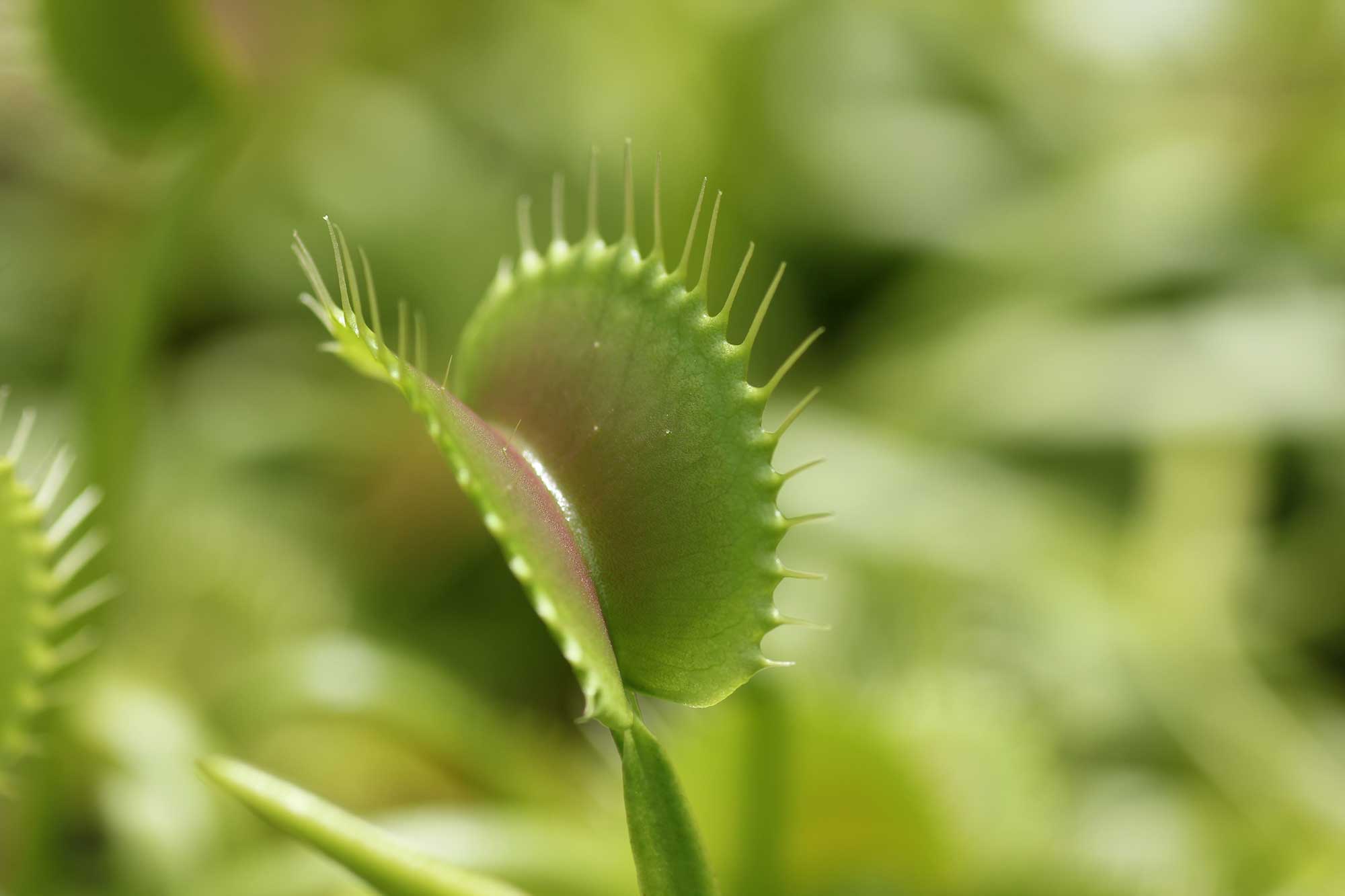John Ellis and the Venus Flytrap
OSGF
In 1769, John Ellis wrote a description of an exciting plant discovery from North Carolina to send to the Father of Taxonomy, Carl Linnaeus. This plant was unlike any European botanists had seen before; it had snapping jaws to ensnare living prey.
The plant, which Ellis would come to call “Venus’s Fly Trap,” had a unique methodology for trapping flies: “the 2 lobes rise up, and grasp it fast, lock the rows of spines together, and squeeze it to Death.”
It was first discovered nearly a decade before Ellis’ letter to Linneaus, by Governor Arthur Dobbs. An amateur botanist, Dobbs stumbled upon the plant in Brunswick County, North Carolina. In 1759, the governor’s son, Edward, informed the European world for the first time of the Venus flytrap by delivering a letter to Peter Collinson, a naturalist who lived and conducted research in England. The letter said, “We have a kind of Catch Fly Sensitive which closes upon anything that touches it.”
Through multiple exchanges, Collinson reached Philadelphia naturalist John Bartram. Bartram’s son, William, traveled to Wilmington and returned to his father with a flytrap. Collinson wrote many letters to Wilmington requesting a live plant, but it took 9 years for a live Brunswick County flytrap to arrive in London. This, of course, is where John Ellis laid his eyes on the Venus flytrap for the first time.
In 1768, William Young, the royal botanist, imported living plants of the Venus flytrap to England. They were shown to John Ellis, a member of the Royal Society, who was interested in the carnivorous specimen. He included a dried plant with an enclosed note, saying, “Nature may have some views towards its nourishment in forming the upper joint of its leaf like a machine to catch food: upon the middle of this lies the bait for the unhappy insect that becomes its prey… the small erect spines are fixed near the middle of each lobe, over the glands, that effectually put an end to all its struggles.”
The only other sensitive plant known at the time was the Mimosa, also from the Americas, which gently closed its leaves when touched. The Venus flytrap, unlike its counterpart, closed its leaves for an obvious reason: to consume nutrients its habitat lacked. When Ellis illustrated and wrote about ”Venus’s Fly Trap”, he emphasized that “the sensative [sic] plant” grew in swampy territory, flourished in shady wet places, and flowered in July and August.
Ellis then had drawings made of the plant for The St. James’s Chronicle. It was also Ellis who came up with the scientific name, Dionaea muscipula, for what had quickly become known in London as the Tippitywichit. Ellis wrote that the name “may be construed into English, with humble submission both to critics and foreign commentators, either Venus’s Flytrap or Venus’s Mousetrap.”
In his letter to Linnaeus, Ellis proposed contraptions for transporting delicate plants from far away places, with the flytrap being a prime example. Since then, scientists have only proven further that taking care of a Venus flytrap demands attentiveness and caution. Dionaea muscipula require at least four hours of full direct sunlight each day; water low in mineral content; and soil that is neither too damp or dry. When growing one in less-than-ideal conditions, it is advised to prevent them from flowering. If you cut the flowers off, a Venus flytrap will put more energy into growing. The plant will divide and form separate rosettes through the growing season as a result.
We now know that the trap of the Venus flytrap is spotted with stiff hairs that alert the plant to a forthcoming victim, like a fly. Published in the late 2000s, the most recent groundbreaking research on the plant shows that these hairs can count how many times prey touches the lobes. Current Biology researchers found that while one touch produces no effect at all, a second touch within 20 seconds causes a spike of calcium ions that sends water to its leaves, closing its trap, in one tenth of a second. This research has built on the work of some of history’s great scientists whose curiosity paved the way for discovery.
“John Ellis was a great naturalist who had a profound effect on natural history and Mrs. Mellon purchased his works based on that fact,” Tony Willis, the Oak Spring Garden head librarian, says. The Oak Spring Garden Library contains a manuscript copy, in Ellis’ own hand, of the original letter to Linnaeus.
Ellis’ notes show not only the beauty and universal fascination with the Venus flytrap, but also the influence of Carl Linnaeus in classifying organisms. Such seamless communication between the many scientists involved informs only one dimension of the pioneering discovery of the American carnivore. Dionaea muscipula still attracts the same awe and fascination as when Dobbs first stumbled upon one in the North Carolina bogs. Now, with the work of revolutionary scientists, that awe has been channeled into understanding.
For more about the Venus flytrap, check out this video from the BBC!






